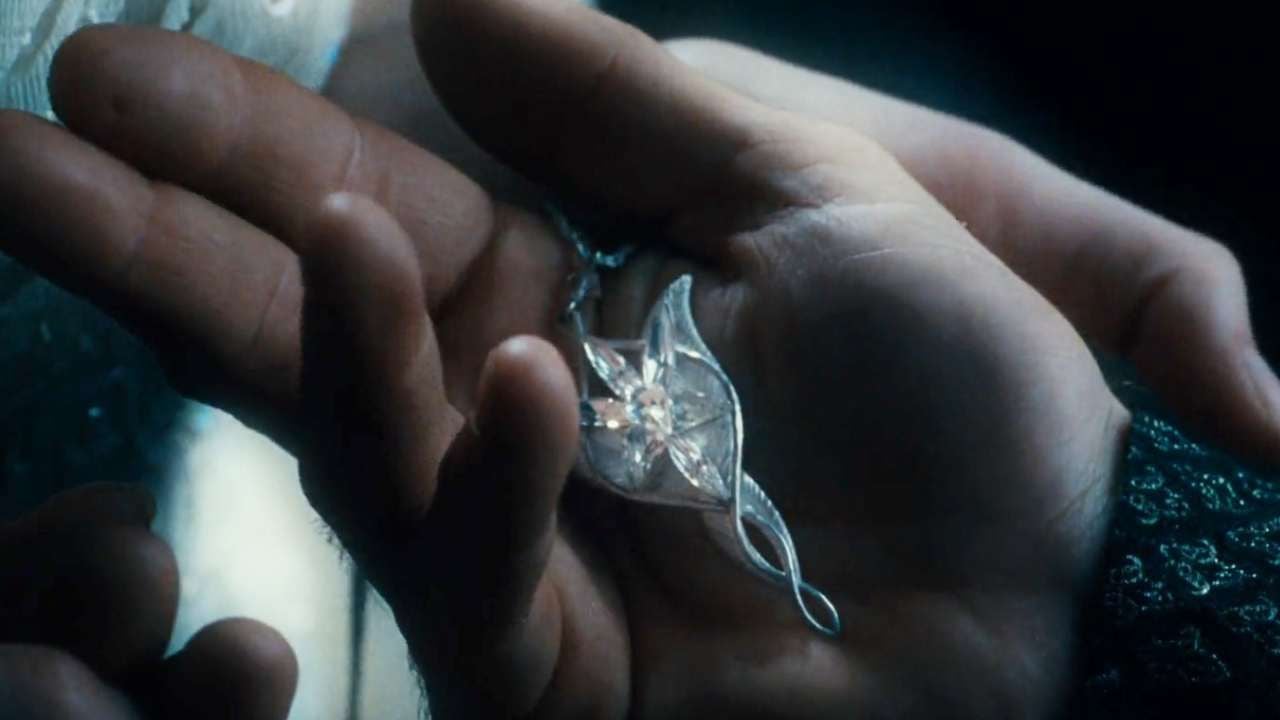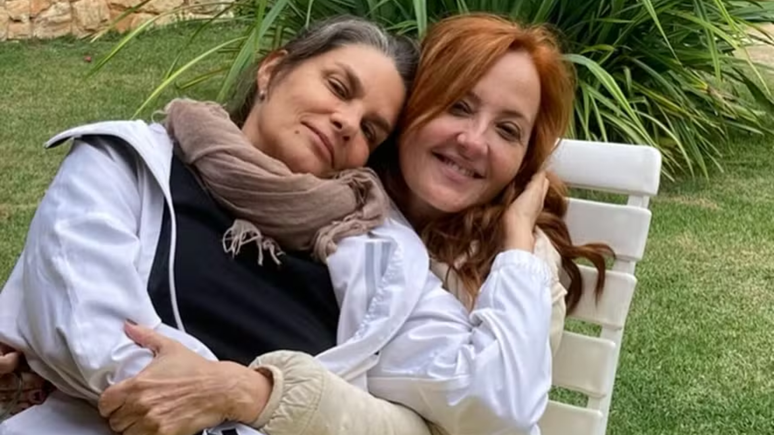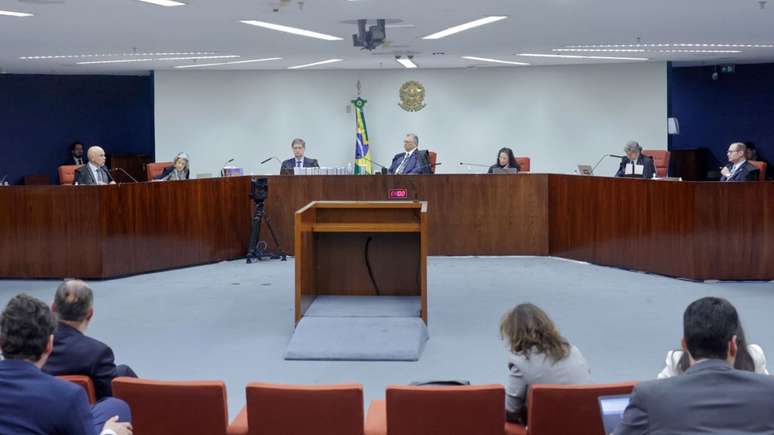With immersive and sensorial exhibitions, the museum makes the public reflect on possible futures
In the center of Rio de Janeiro, the Museum of Tomorrow talks about sustainability and coexistence between species, but it is a different scientific institution: it uses the past to think about what life will be like in the next 50 years. The idea that the present determines the future and that “tomorrow” can be built today has been the museum’s guiding principle since it opened in 2015.
The beautiful building, inspired by the bromeliads of Botanical Gardenprojects towards Maua Square and has bodies of water, a cycle path and a garden around it. The bold architecture also has a sustainable design: there are panels for capturing solar energy on the roof of the building and cold water from the bottom Guanabara Bay It is used to air condition rooms.
The exhibitions they favor sensorial experiences and stimulate the public’s imagination, after all the collection is practically immaterial. Discover the exhibitions you can visit Museum of Tomorrow :
TEMPORARY EXHIBITIONS
Open Source Art
Until May 19, 2024
The artist-programmer’s solo exhibition, Vamoss, shows how programming languages can be used to create computational art. In an interactive and playful way, visitors understand the technology and discover how to use codes to create their own images.
Vamoss created a code that can be modified by visitors to generate new visual works, so, by the end of the exhibition, the original work will have developed into countless variations. The art is exhibited in different formats: there are sound, tactile, graphic works and interactive panels.
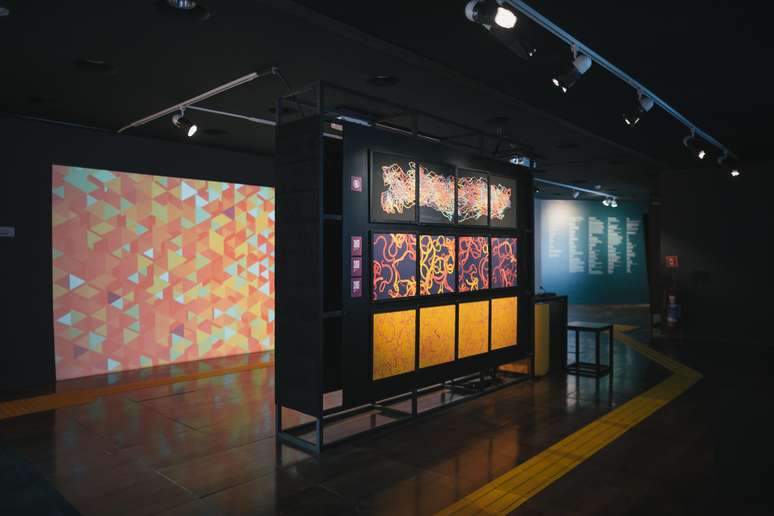
Feel the world: an immersive journey
Until June 2, 2024
An insect trail guides the route to the exhibit and gives you an idea of what to expect. The exhibition allows visitors to put aside their human perspective and immerse themselves in different ecosystems of the natural world from the perspective of other species.
The smell of the earth, the sounds of the forest and the different textures of wood are some of the ways in which the exhibition sharpens the five senses. In the named area Forest shed there are stories about the Amazon’s relationship with different species of animals, such as the three-toed sloth, and the reverence with which it is treated by indigenous people.
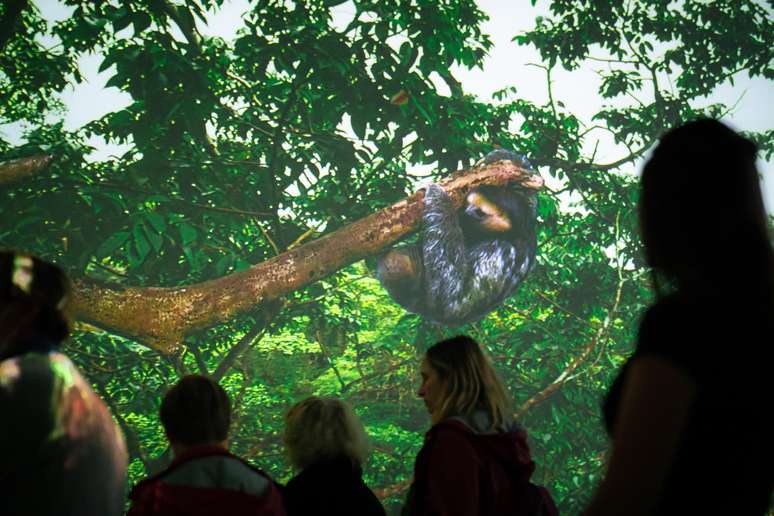
Passing through roots and fungi to emerge from the surface, the underground universe of different organisms comes into play in the room Inside the soil . Here the exhibition illustrates the coexistence of insects, such as ants, and large animals, such as moles, underground.
In The dance of insects , it’s up to small pollinating animals to be the protagonists. Large screens allow you to see detailed videos of the insects.
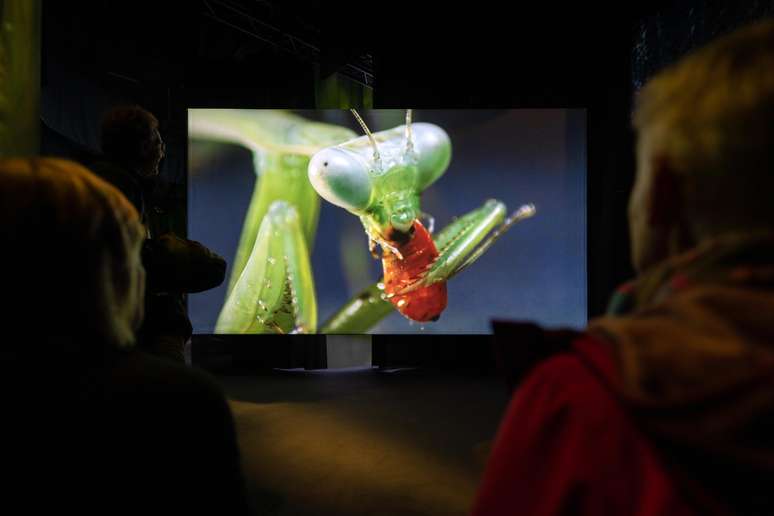
LONG TERM SHOW
The permanent exhibition dialogues directly with the theme of the museum when thinking about possible futures. Five questions guide the journey: “where do we come from?” it is the north of the first part, Cosmos , where the human connection with the universe is addressed. Visitors enter a dome and watch a 360º projection covering galaxies and the formation of the Earth.
“Who we are?” is the question represented by three seven meter high blocks present in the area Earth . On the outside of the cubes there are references to what is common to all human beings and on the inside to what makes life different.
The Matter cube contains 180 photographs of details of the Earth’s surface on the outside and, on the inside, images of the movement of tectonic plates, sea currents and sunlight, rhythms that govern the functioning of the planet.
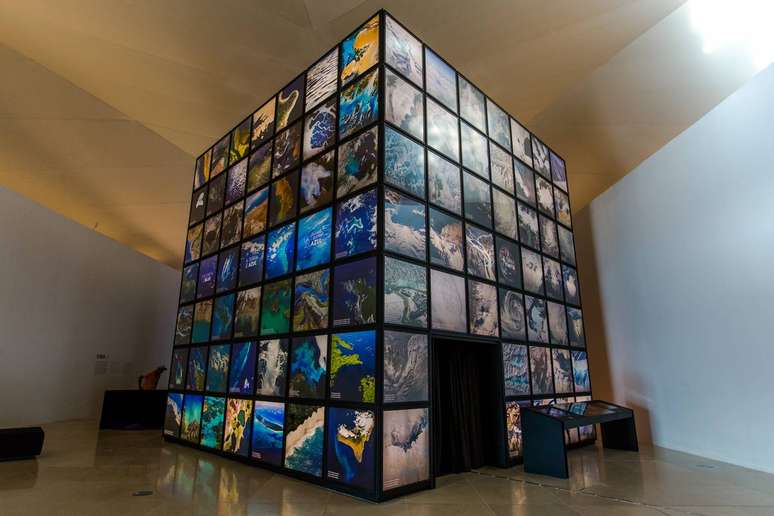
The cube of Life refers to DNA on the outside and features a wide variety of organisms on the inside. Finally, in the Thought Cube, the nervous system is highlighted on the outside, while the diversity of cultures is highlighted on the inside
The central moment of the exhibition is Anthropocene , who asks “where are we?”. The name refers to the time we live in today, the geological era of man. To reflect on current events, six ten meter high totems and four caves present videos on the consequences of human actions on climate change and life on Earth.
Tomorrow leads the public to reflect on sustainability, on social inequality, on the transformations of biodiversity in a future of gigantic and hyper-connective cities. The question “where are we going?” guides the journey through three areas – Society, Planet and Human – in origami format.

The exhibition ends inside a cavity asking “how do we want to live together in the next 50 years?” in Zone We . Public opinion is led to think about the legacy it will leave to future generations and the need for unity to create a sustainable future.
In the center of the cavity, a thin wooden object is the only physical object that is part of the museum’s collection. Museum of Tomorrow . This is the churinga, an artefact of the Australian Aborigines which does not have a utilitarian meaning, but rather a symbolic one: it serves to associate the past with the future and represents the continuity of culture.
Service
When? From Tuesday to Sunday, from 10:00 to 18:00.
How much? R$30 (full) and R$15 (half). Tickets on sale via Sympla.
Where? Praça Mauá, 1, Centro, Rio de Janeiro – RJ, 20081-240. It is possible to arrive by VLT: just take line 1 (blue) towards Santos Dumont Airport or towards Rodoviária/Praia Formosa and get off at the Parada dos Museus stop, 200 meters from the Museum of Tomorrow.
Source: Terra
Ben Stock is a lifestyle journalist and author at Gossipify. He writes about topics such as health, wellness, travel, food and home decor. He provides practical advice and inspiration to improve well-being, keeps readers up to date with latest lifestyle news and trends, known for his engaging writing style, in-depth analysis and unique perspectives.





